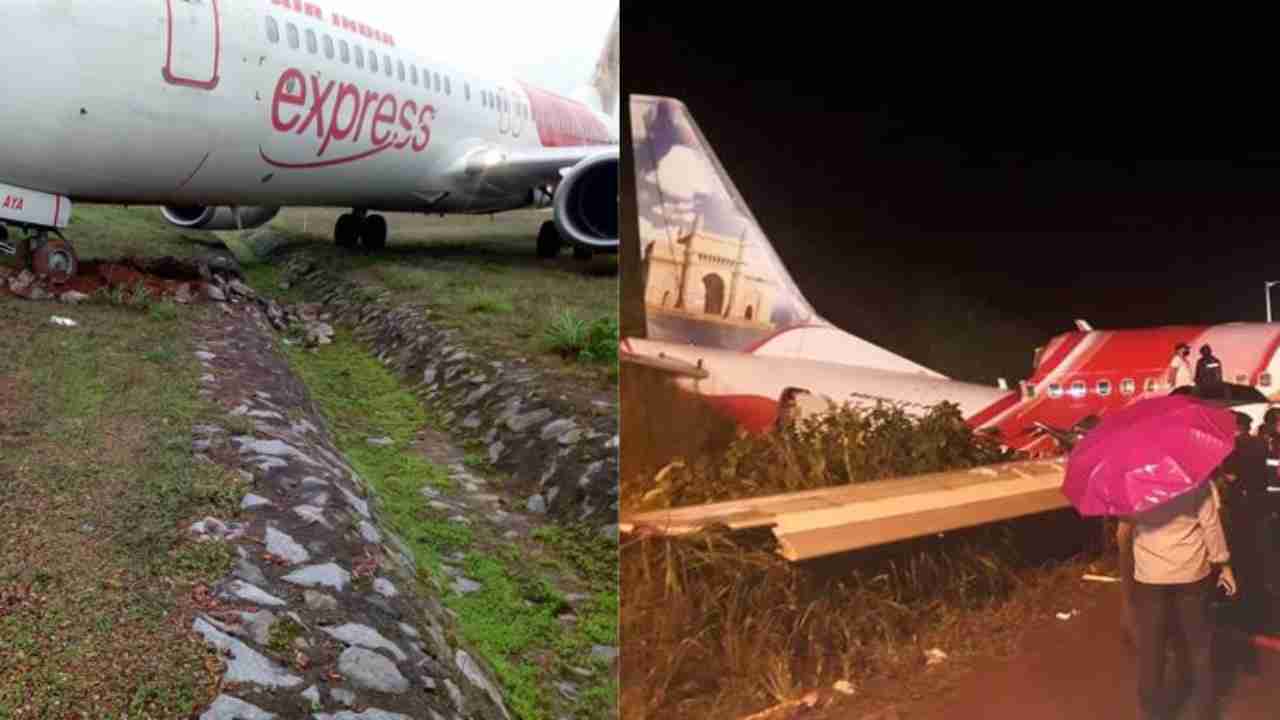An Air India Express flight with over 190 passengers and crew members on board skidded off the runway at the Kozhikode International airport in Kerala, also known as the Karipur Airport, on Friday evening.
The mishap occurred when the flight was making a second landing attempt after the first failed. However, in the second attempt, the flight overshot the runway and crashed when the pilots tried for a takeoff after the tyres skidded. Most of the deceased were seated in the front portion of the plane.
There are five tabletop runways in India – Mangalore in Karnataka, Kozhikode in Kerala and Lengpui in Mizoram, Shimla and Kullu in Himachal Pradesh and Pakyong in Sikkim.
What is a tabletop runway?
A tabletop runway sits on top of a plateau or hill with one or both ends adjacent to a steep elevation, which drops into a gorge. Such an airport presents a challenging condition for landing.
As per experts, tabletop runways have no room for errors during landing. The landings at tabletop runways are also tricky because they create an optical illusion for the pilots.
The Mangalore plane mishap in 2010
The last major plane crash in India was in 2010 when an Air India Express Boeing 737-800 from Dubai to Mangalore overshot the runway and burst into flames.
The captain had continued an unstabilized approach, despite three calls from the first Officer to “go around”, resulting in the aircraft overshooting the runway, falling down a hillside and bursting into flames. Of the 160 passengers and six crew members on board, 158 were killed (all crew members and 152 passengers) and only eight survived.
Weather conditions were normal on that day with a visibility of 6 km. Wind conditions were calm and there was no rain at the time of the crash. A drizzle started only after the accident.
Soon after the Mangaluru incident in 2010, the DGCA had banned wide-bodied aircraft from landing at Kozhikode airport, which require longer distances to slow down because of their higher payloads. The Kozhikode runway is subjected to a downpour that causes a layer of water to form over the surface that reduces the friction and causes the plane to skid if the brakes are applied.
The 2010 crash was similar to this as the plane overran in that accident as well.


















